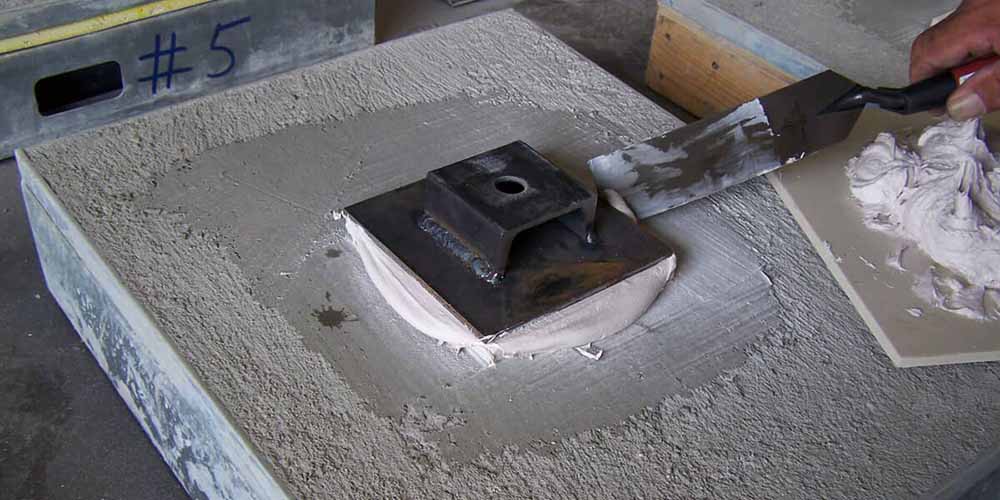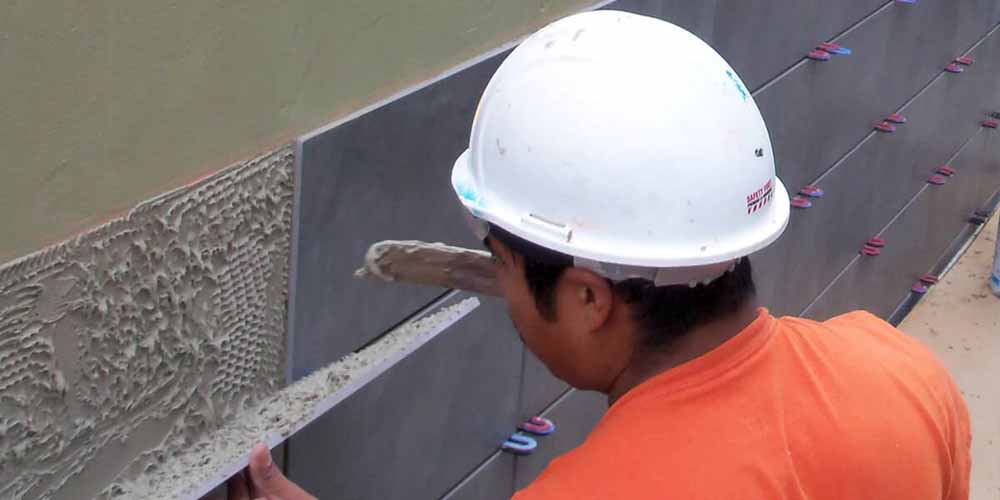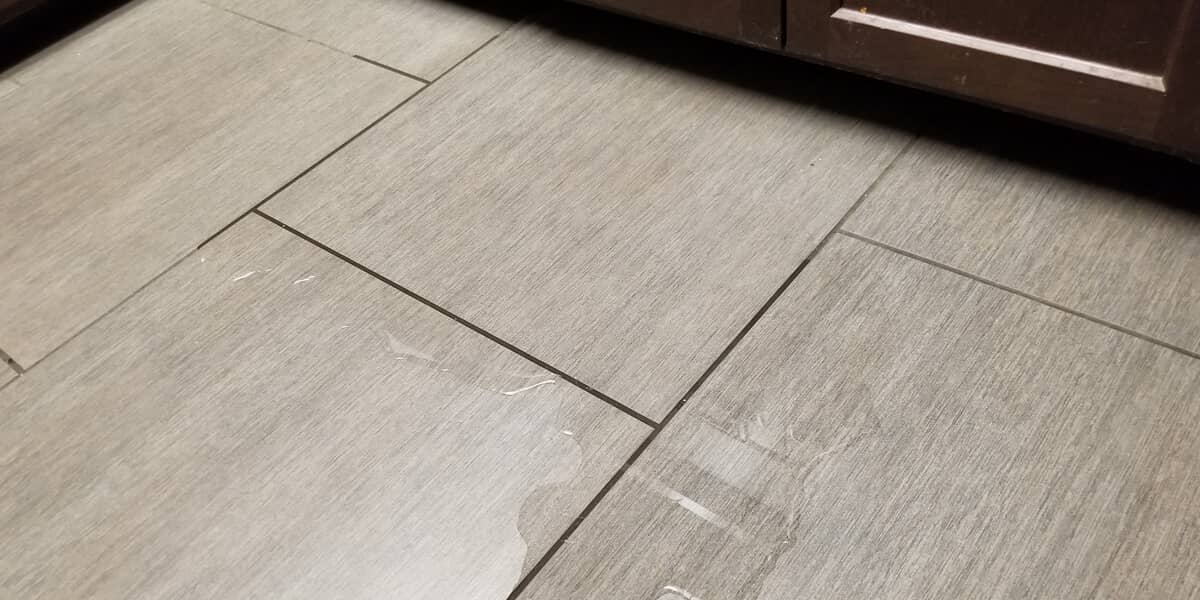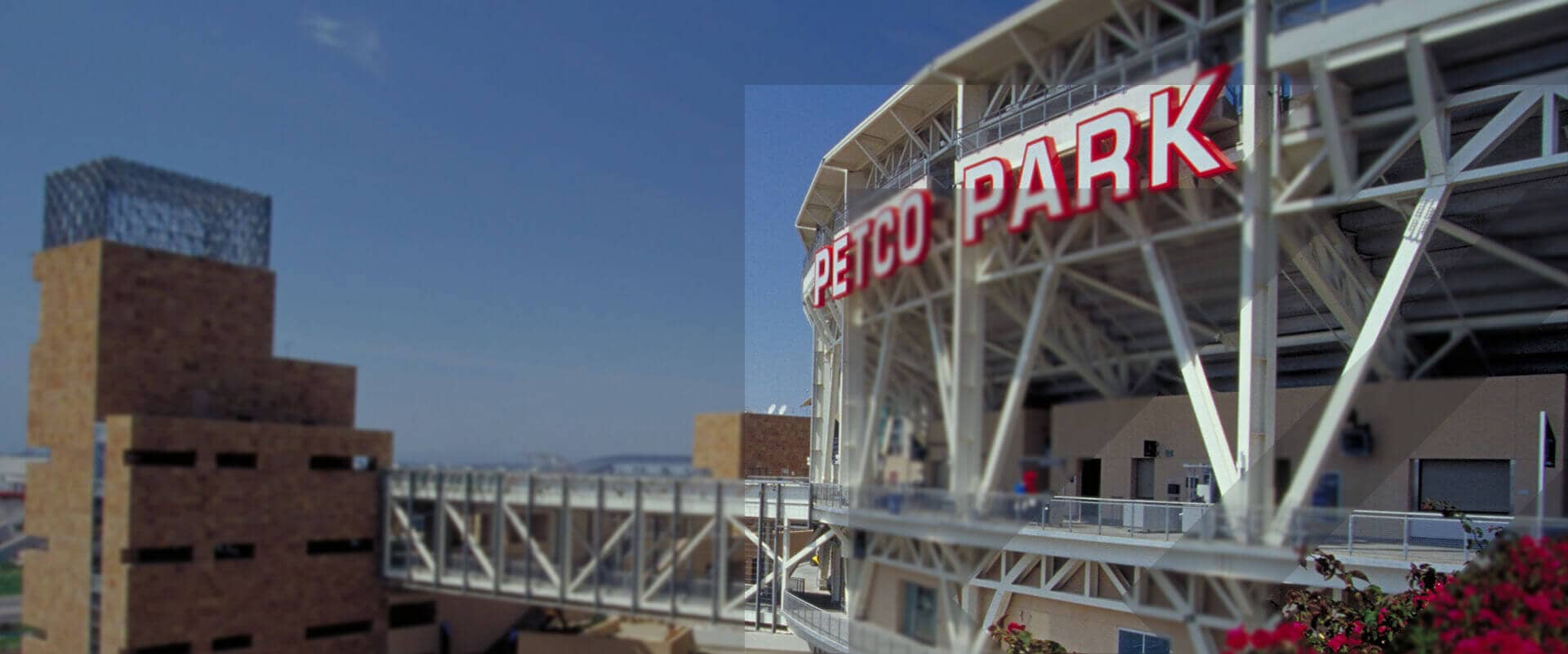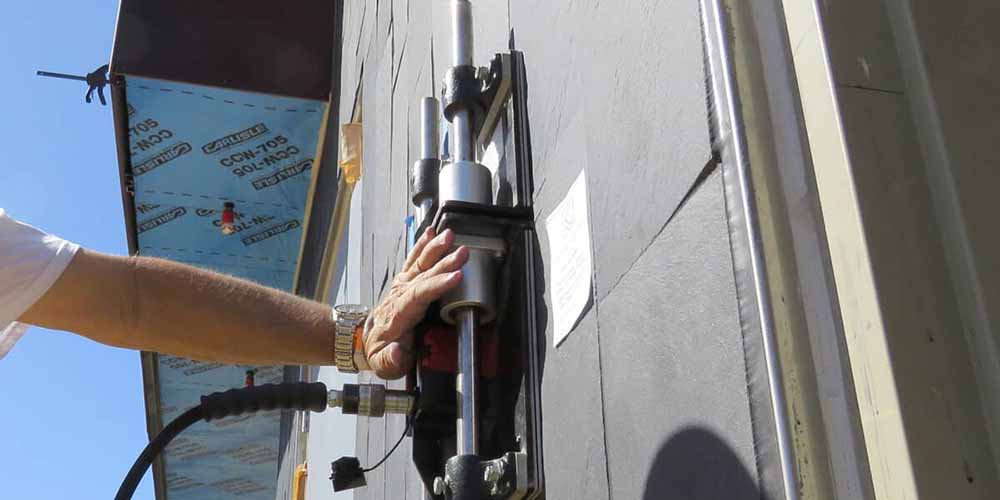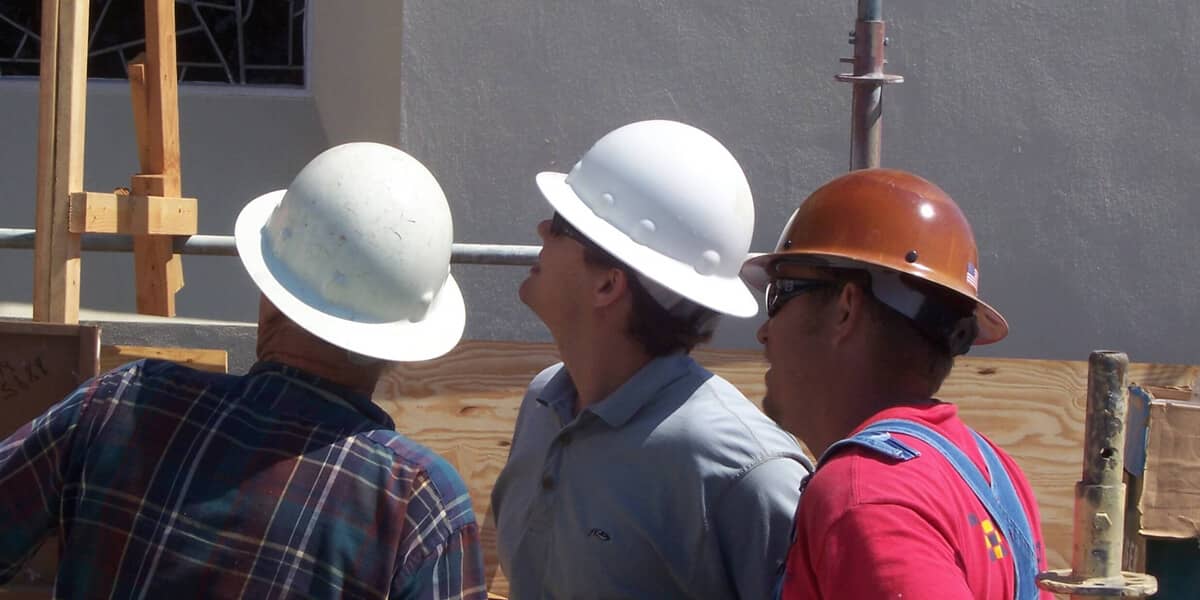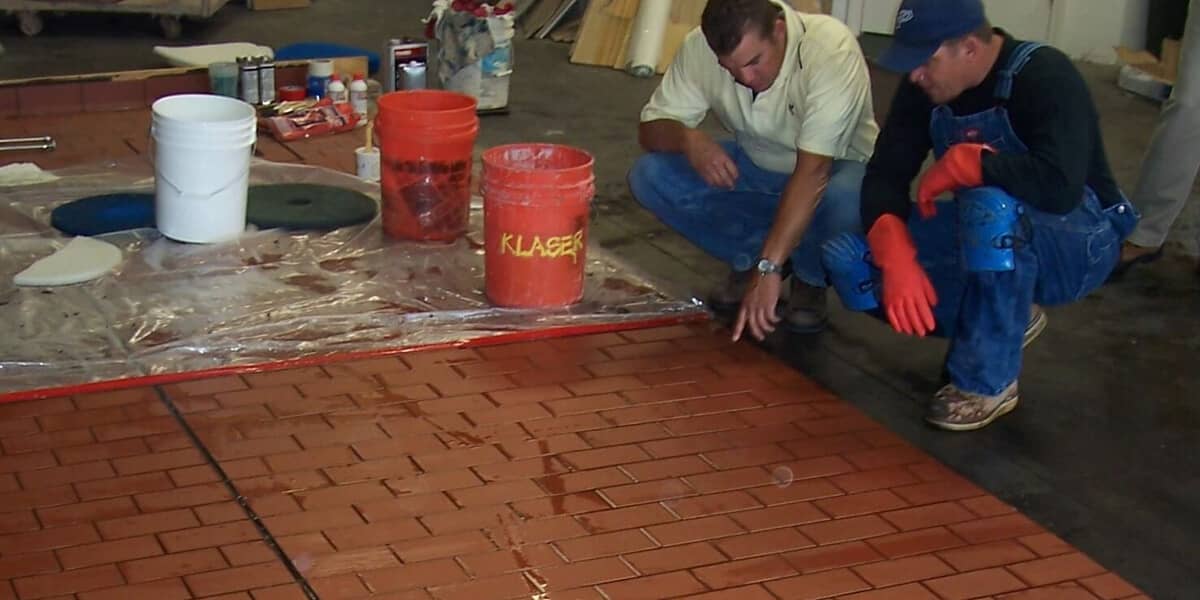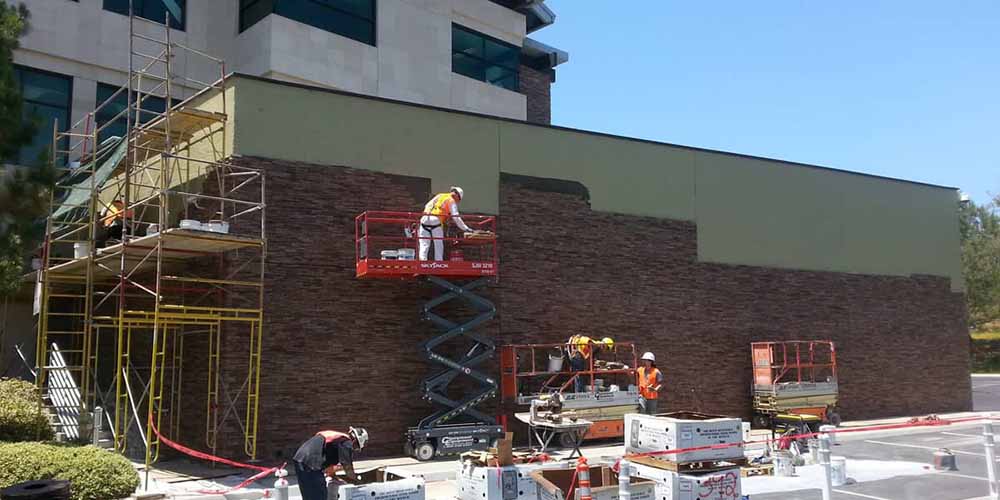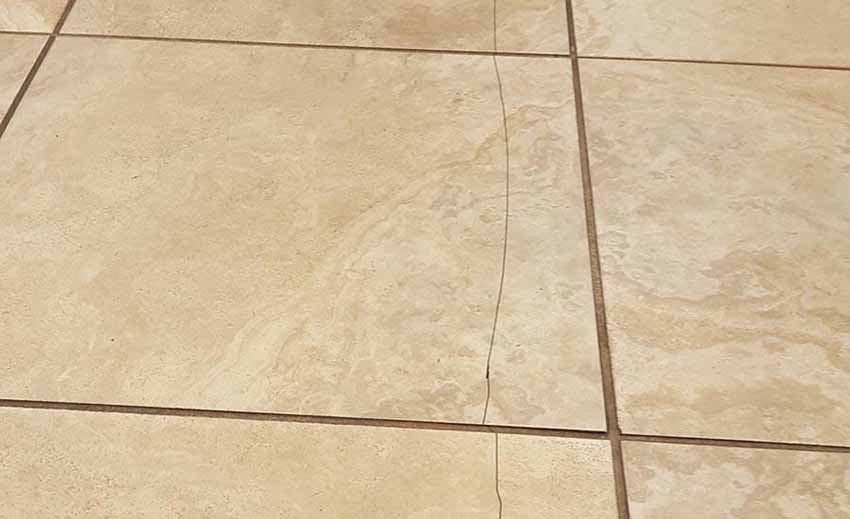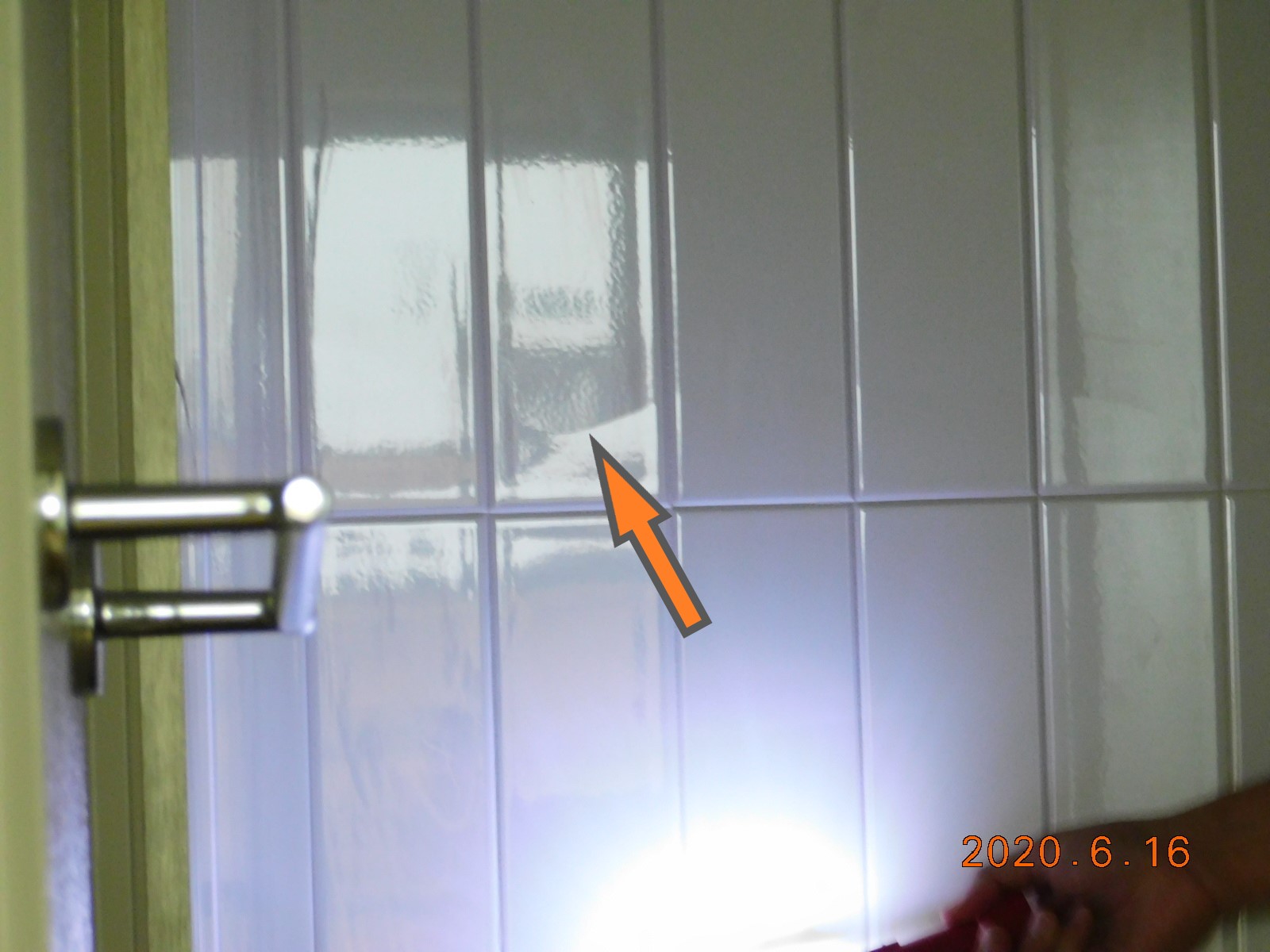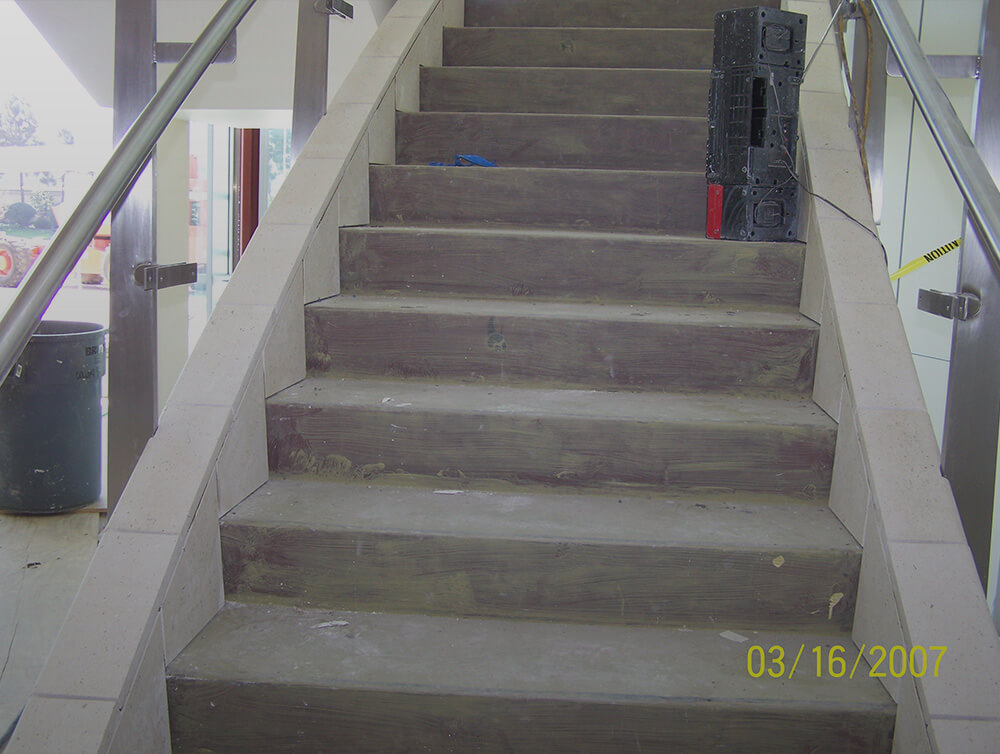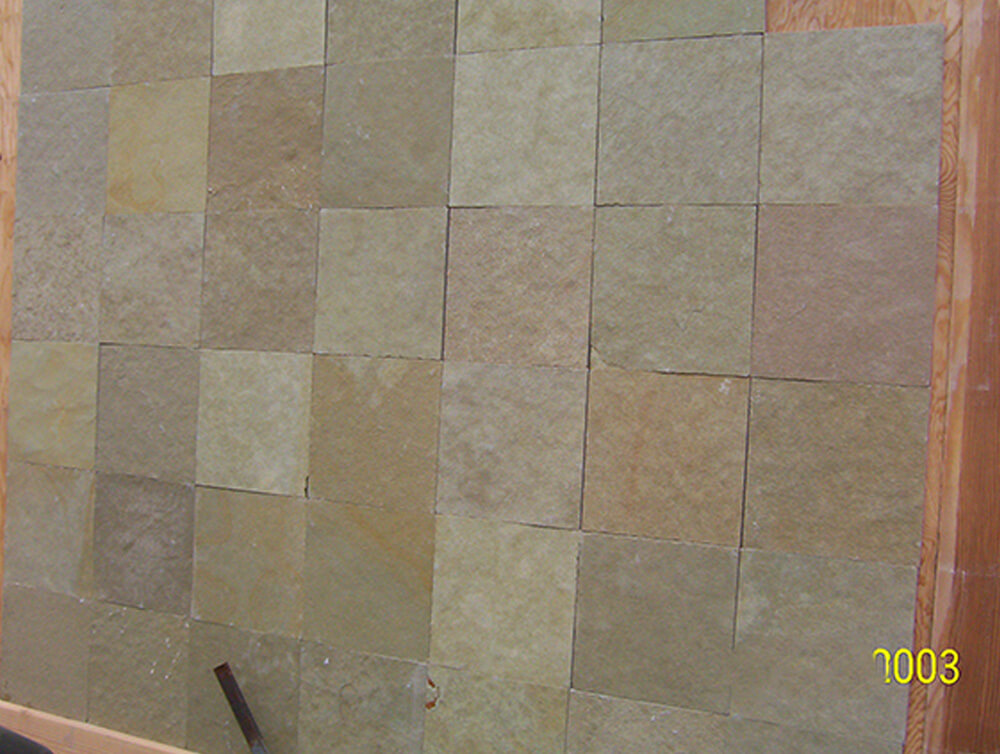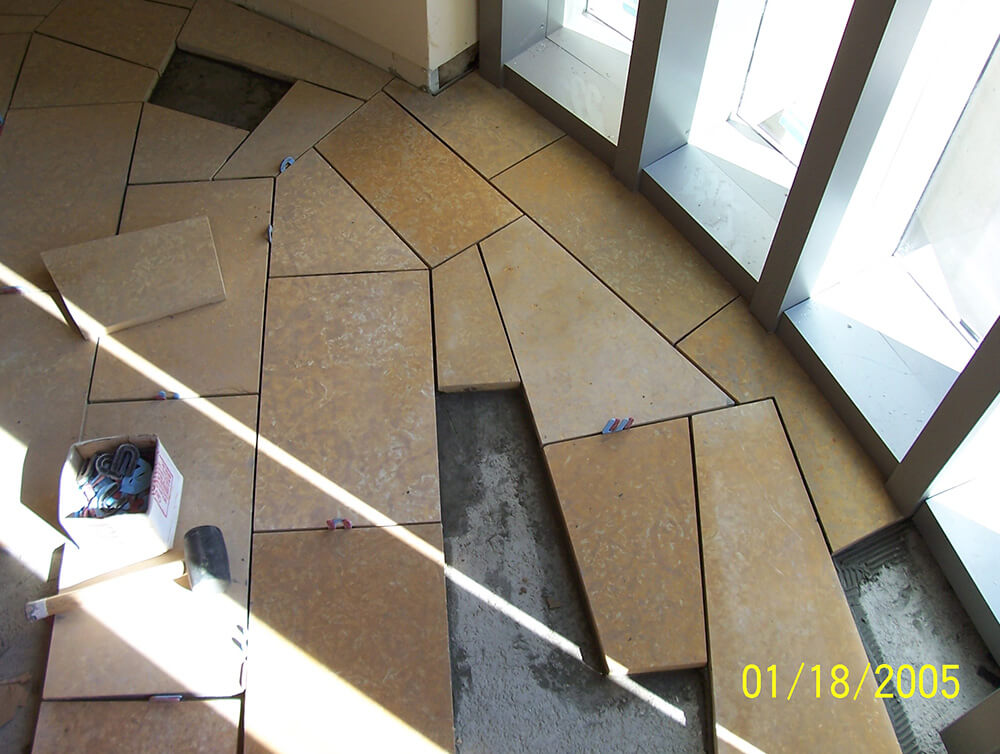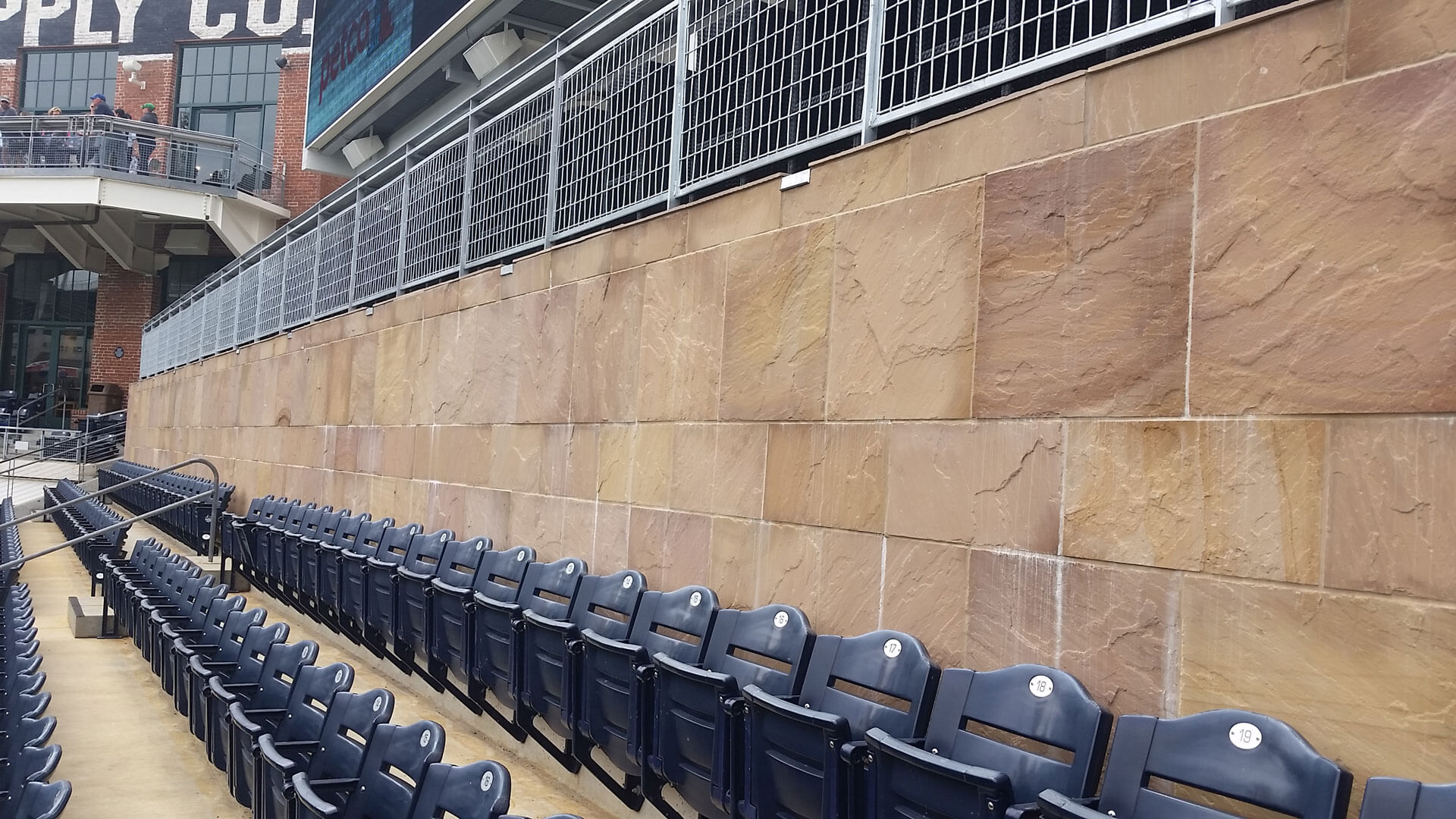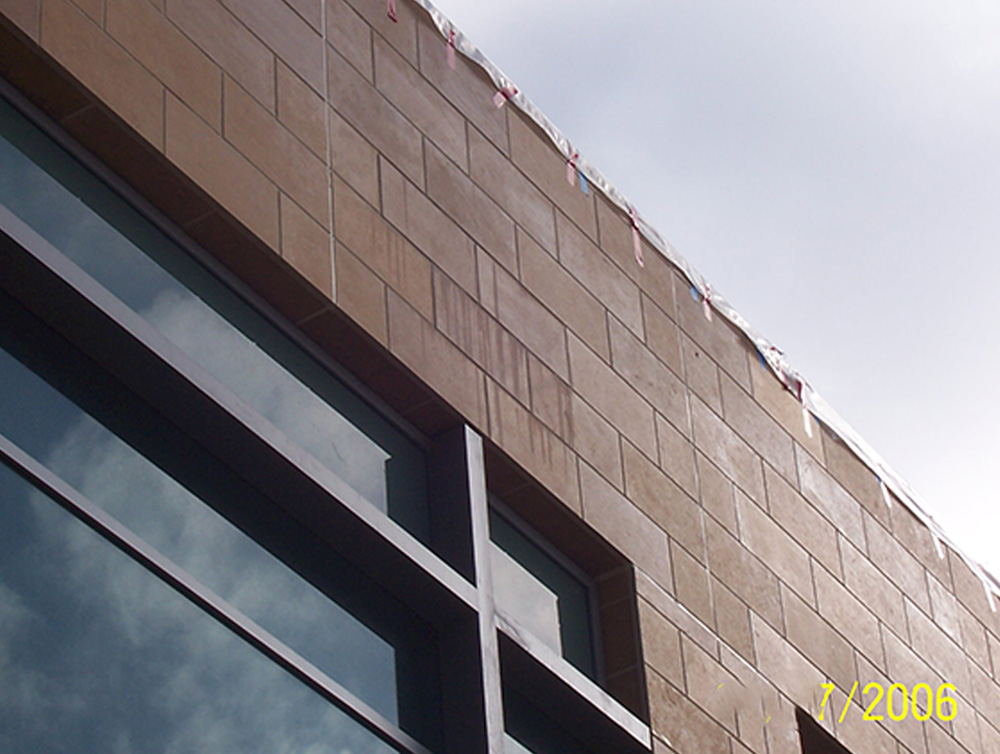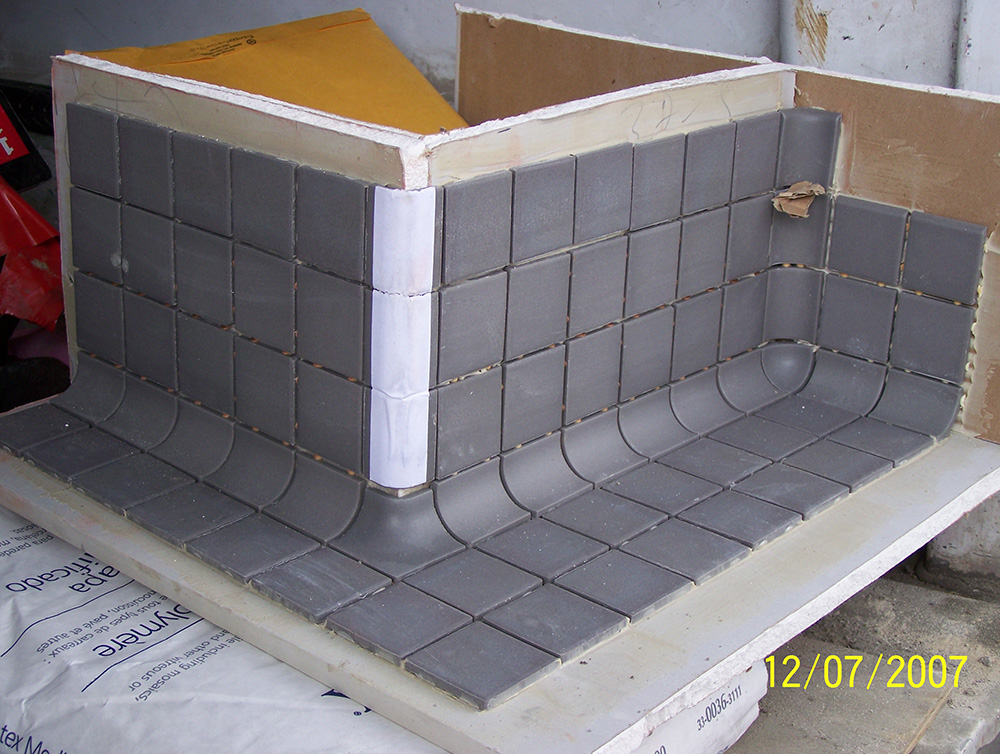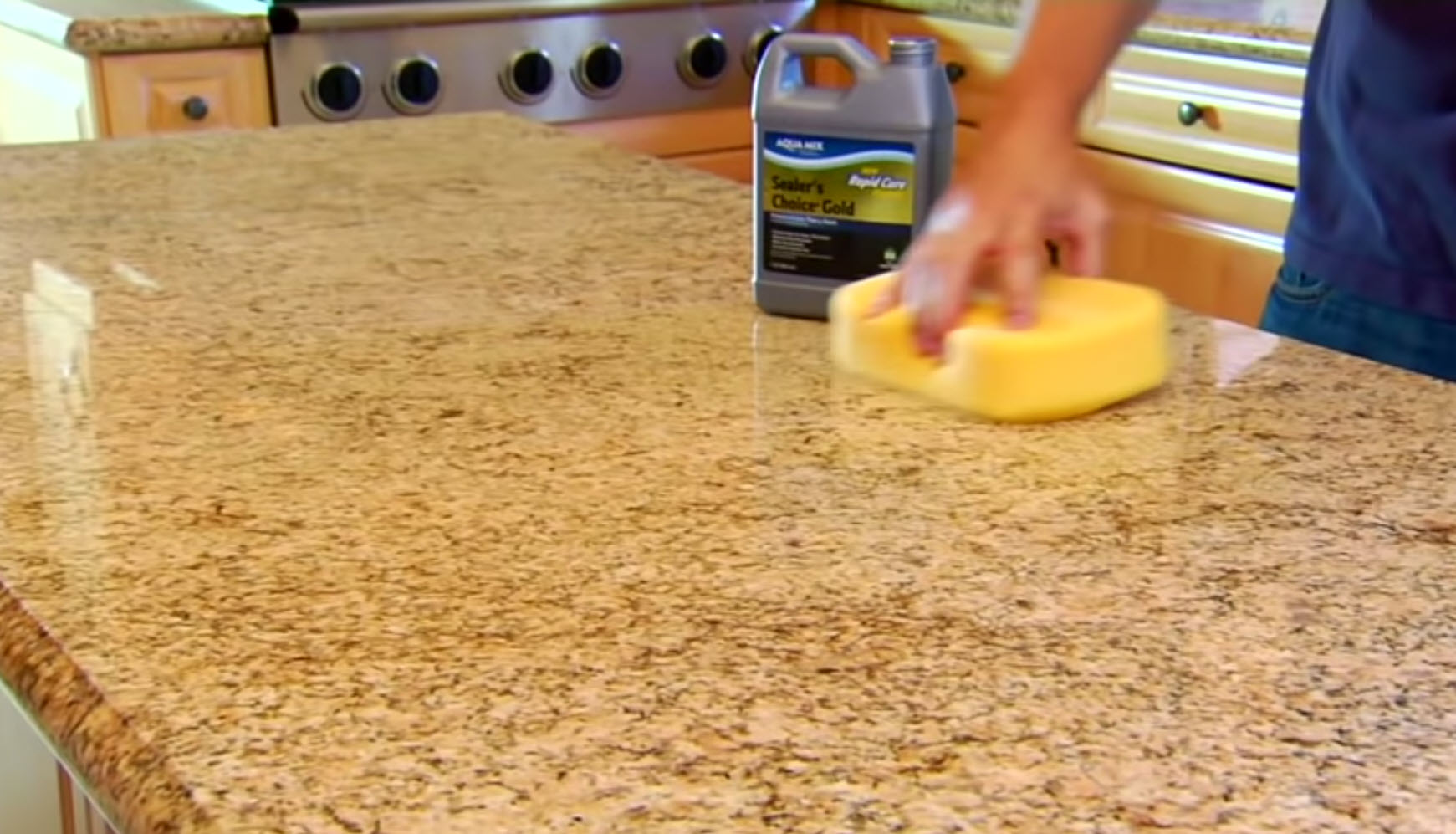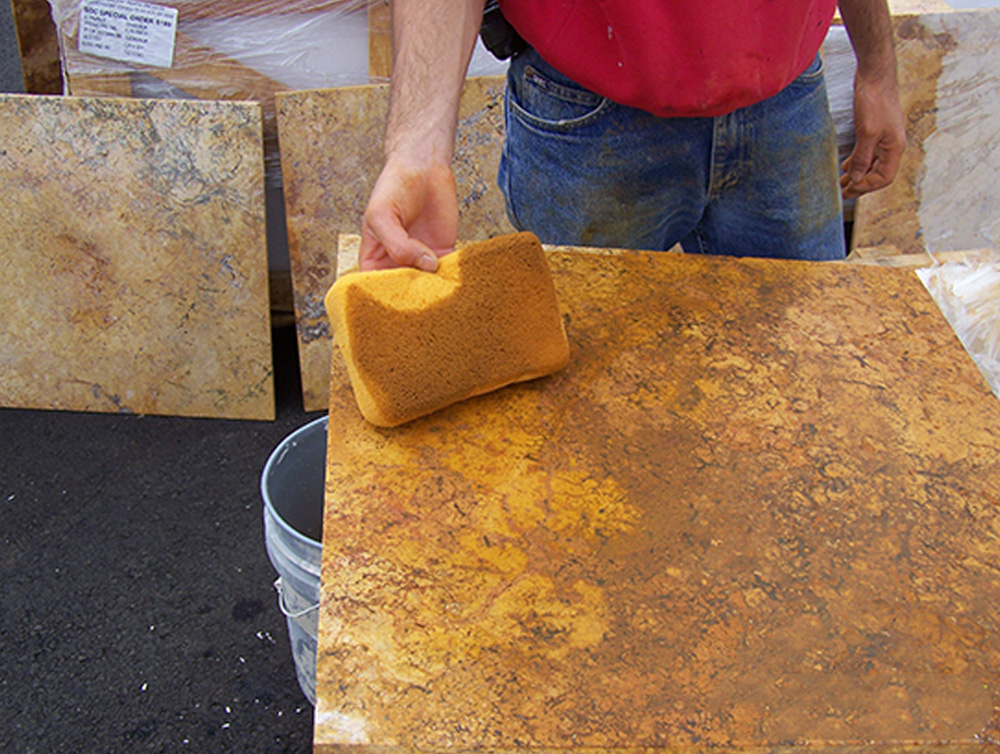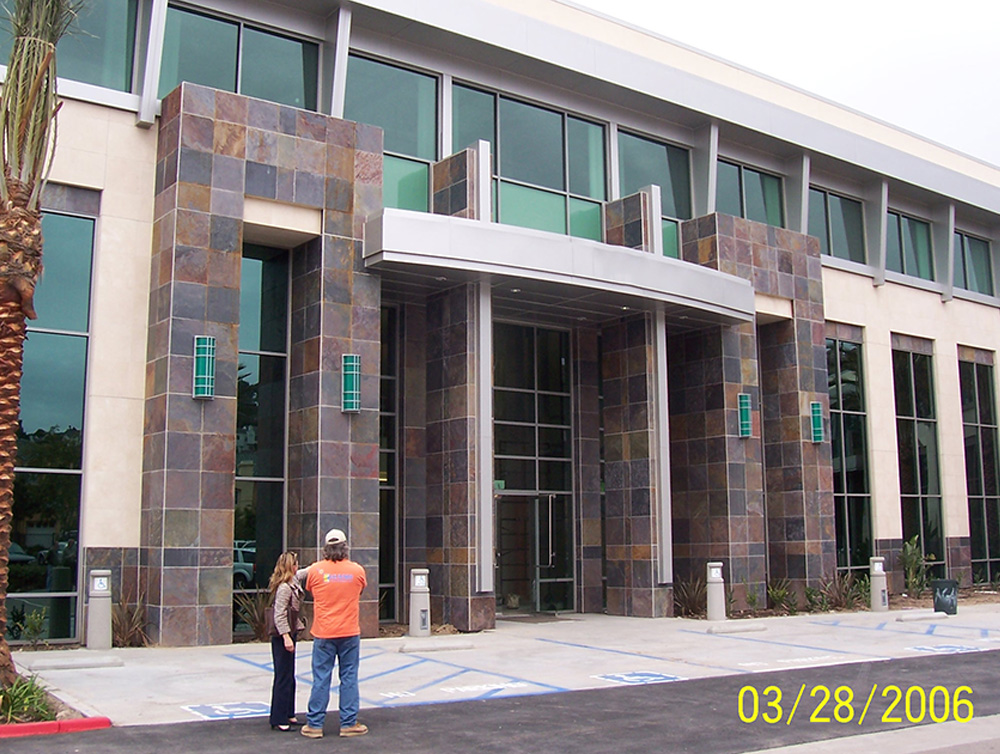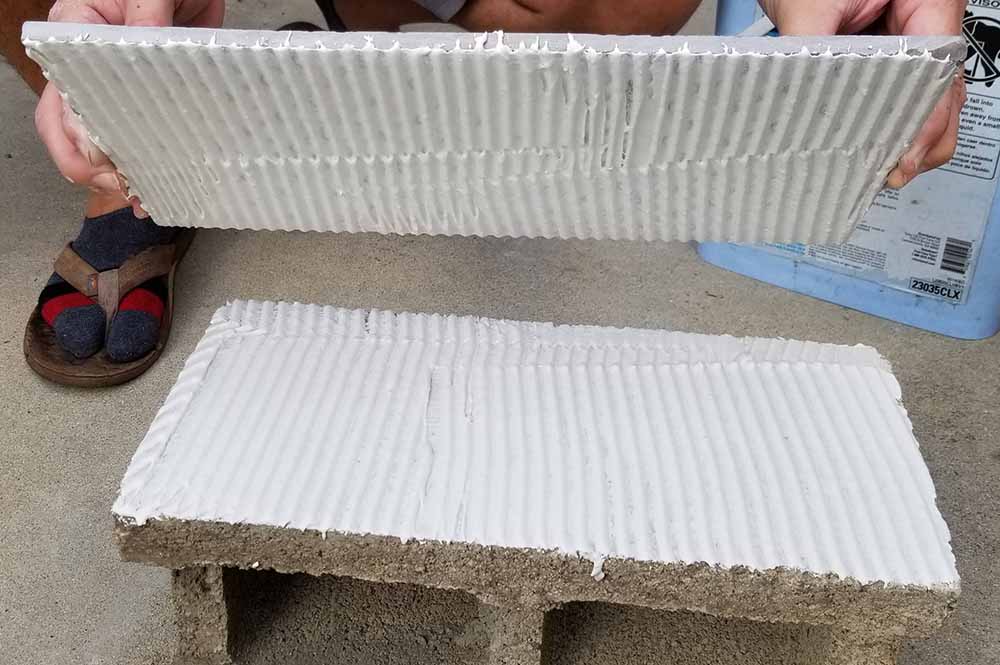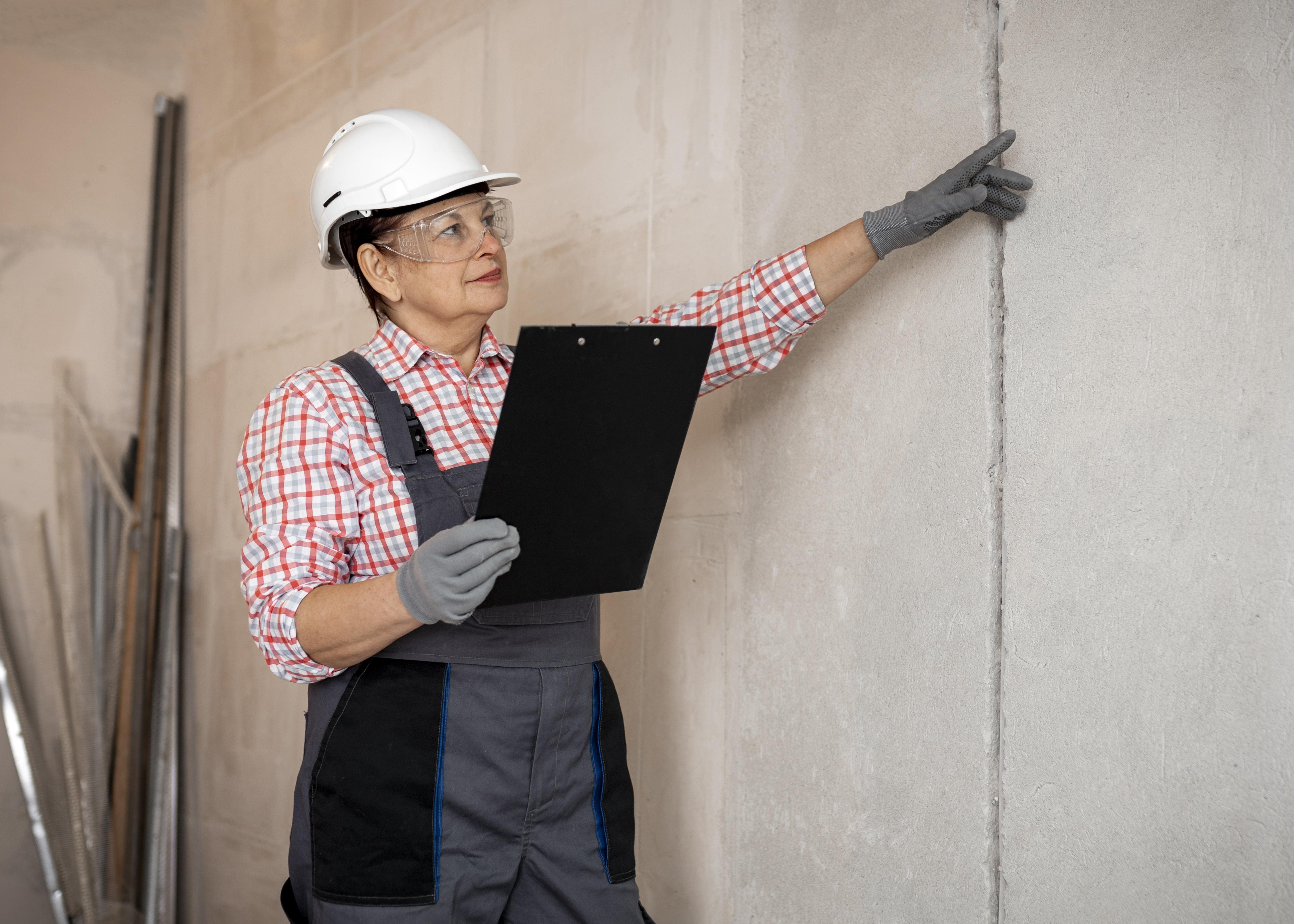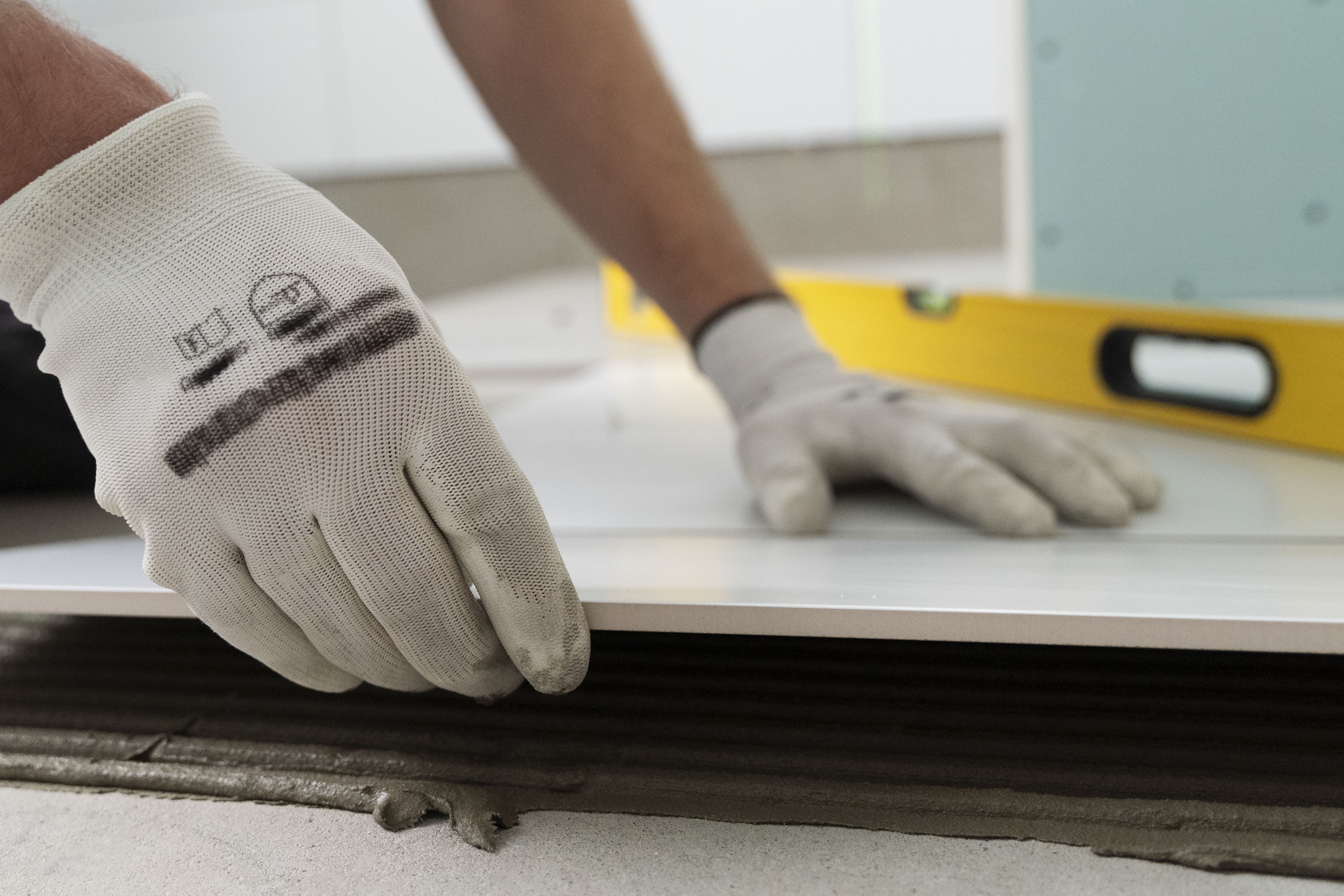What is Tile Lippage?
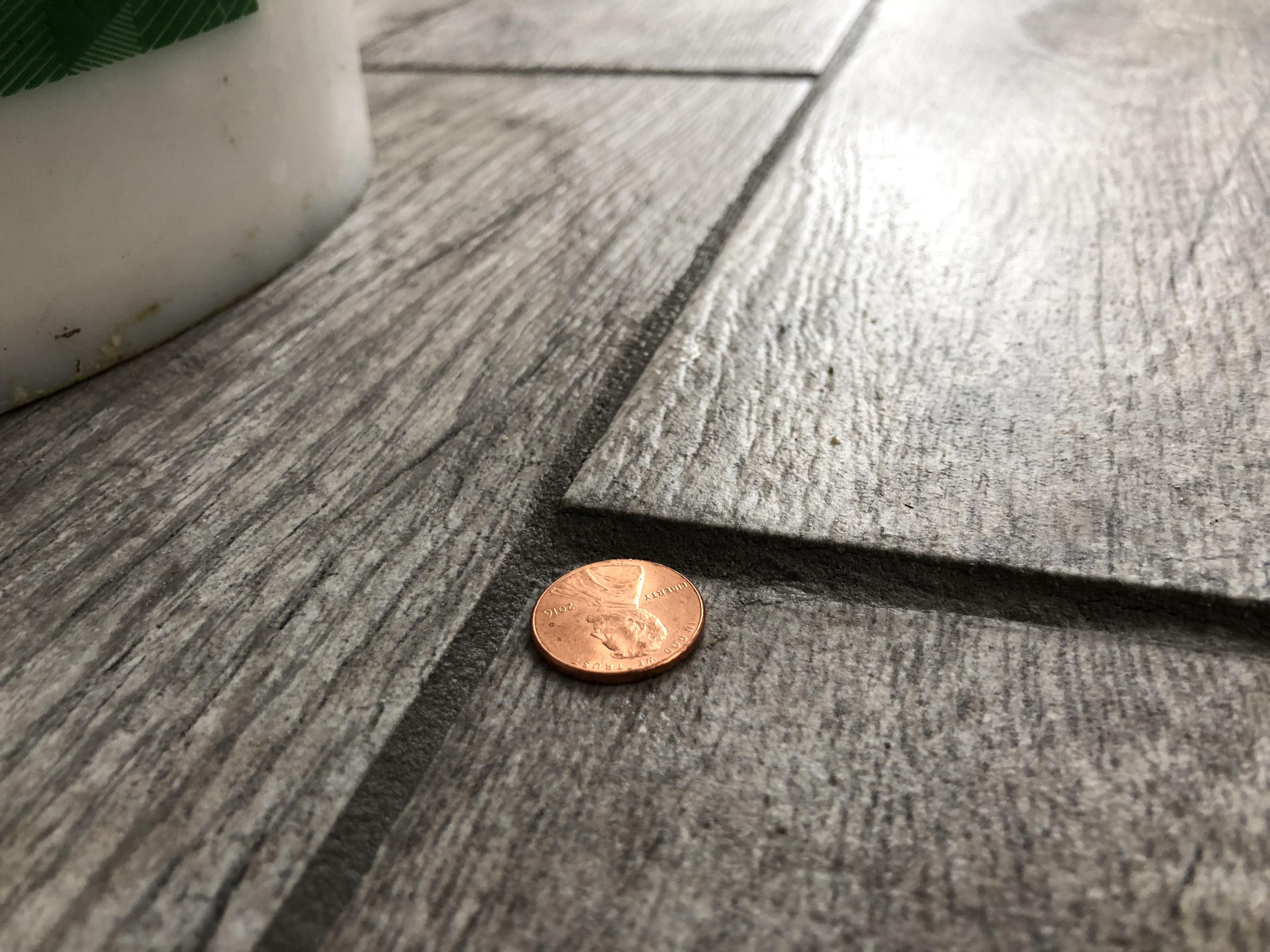
My floor tile has lippage where tiles are not flush with each other.
Addressing Tile Lippage
For tile installation, achieving a seamless and perfectly level surface is the ultimate goal. However, the reality is that sometimes, the finished result may not be as flawless as one would hope.
Tile lippage, a term often heard in the realm of tiling, refers to the situation where one edge of a tile is higher than an adjacent tile. This unevenness can give your tiled surface an unattractive and unprofessional appearance, potentially affecting the aesthetics and functionality of your space. In this article, we'll delve what is tile lippage, discussing industry standards, its causes, and how to address this common issue.
Understanding Tile Lippage
Tile lippage can occur with any type of tiling material, whether you're working on walls, floors, ceilings, or other surfaces. While there are certain artistic styles and design trends that intentionally embrace tile lippage, most tile installations are meant to have tiles that sit flush with one another when properly installed. The problem with tile lippage lies in its capacity to disrupt the visual cohesion of your tiled space, often giving it an unsightly, unfinished look.
Industry Tolerances for Tile Lippage
Tile lippage is a common issue, but the degree to which it's considered acceptable can vary depending on several factors, including the type of tile and the surface it's installed on. Industry standards provide specific tolerances for tile lippage, offering guidelines for what is deemed acceptable and what should be addressed as a problem. Let's explore these tolerances in more detail.
- Natural Stone Flooring: Among all tiling materials, natural stone flooring tends to have the strictest tolerance for tile lippage, allowing only a 1/32-inch difference between tile units. The unforgiving nature of natural stone makes this stringent requirement essential to maintain a polished and harmonious appearance.
- Ceramic and Porcelain Tile Flooring: Ceramic and porcelain tiles, which are popular choices for many homeowners and commercial spaces, typically allow for slightly more tile lippage than natural stone. The acceptable range for ceramic and porcelain tiles is typically between 1/32-inch and 1/16-inch. However, it's essential to note that the exact amount of tile lippage can depend on various factors, including the width of the grout joint and the size of the tiles.
- Grout Joints and Tile Width: The width of the grout joint plays a significant role in determining acceptable lippage. In cases where the grout joint is less than ¼-inch thick, the acceptable lippage is typically 1/32-inch. However, if the grout joint exceeds ¼-inch, a slightly higher tolerance of 1/16-inch is permitted.
- Tile Warpage: Another factor that can affect the amount of acceptable lippage is tile warpage. It's worth mentioning that most modern tiles are produced with minimal warpage, which helps maintain a uniform surface. However, variations in tile warpage can still contribute to unevenness in your tiled area.
Exceptions to Tile Lippage Standards
While industry standards provide specific tolerances for acceptable tile lippage, there are exceptions to these rules. In certain applications, tile lippage to some degree is simply unavoidable.
The biggest exception applies to tiled floors that slope towards drains. For large tiles it can be almost impossible to comply with tile lippage standards for drain slopes. As the tile size increases, the potential for tile lippage under sloping conditions also grows.
However, it's crucial to emphasize that even within these exceptions, extreme tile lippage is not permissible. While some degree of unevenness is tolerated due to the inherent challenges of sloping floors, the lippage should still be reasonable and within acceptable limits.
Seeking Expert Guidance
If you're uncertain about how to address tile lippage in your specific situation, it's always advisable to consult with experts in the field. Reaching out to a professional tile installation or restoration service can provide you with valuable guidance. Whether you need assistance over the phone or prefer an in-person inspection, experts can assess the extent of the problem and recommend the most appropriate solution. Addressing tile lippage in a timely and effective manner is key to preserving the beauty and integrity of your tiled surfaces.
Understanding tile lippage, industry tolerances, and the factors that can exacerbate this common issue is essential for anyone involved in tile installation or restoration projects. By adhering to industry standards and seeking professional guidance when needed, you can ensure that your tiled spaces are not only visually appealing but also functional and long-lasting. Tile lippage may be a challenge, but with the right knowledge and expertise, it can be overcome, allowing you to enjoy a seamless and stunning tiled environment.


